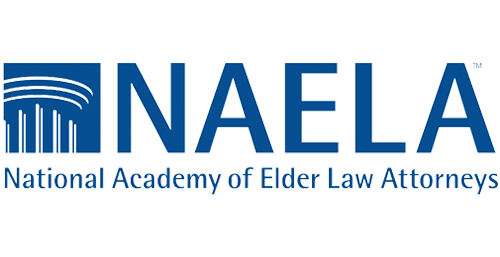
Achieving a Better Life Experience (ABLE): Pros and Cons
Patterned on Section 529 college savings accounts, ABLE accounts offer a tax-advantaged way for people with disabilities to put money aside in excess of the SSI program’s $2,000 resource cap without compromising their eligibility for government benefits like SSI and Medicaid.
Assets are allowed to grow, tax-free, inside the account, and withdrawals are not taxed so long as the money is spent on qualified disability expenses (QDEs) such as transportation, assistive technology, health and wellness, and employment support. Another major advantage of ABLE accounts is that they can be used to pay for food and shelter expenses of the beneficiary without reducing his SSI benefits—the same cannot be said if a SNT or anyone else pays for those expenses.
And, unlike a special needs trust, which leaves the account under the control of an assigned trustee, an ABLE account can be managed and controlled by the beneficiary once she comes of age. Being able to spend money without having to obtain a trustee’s permission translates into welcome financial independence for a person with a disability.
ABLE accounts are easy and inexpensive to set up. Almost all states, including Arizona, now have ABLE programs, and if yours doesn’t, you can set up an account using the program in another state that accepts out-of-state account holders.
However, ABLE accounts have several serious drawbacks and limitations. The beneficiary with special needs is the owner of the assets but may lack the capacity to manage the money responsibly. If the parents die before the beneficiary, the account would have to be managed through guardianship or conservatorship, which can be cumbersome, if the beneficiary is unable to establish a power of attorney. Alternatively, the Social Security Administration (SSA)-appointed Representative Payee can manage the account.
Perhaps the most significant drawback to an ABLE account is that the beneficiary must have become disabled before the age of 26 to qualify. Also, the beneficiary can only have one account and if its value exceeds $100,000, any benefit from the SSI program is suspended automatically. (ALTCS eligibility is not affected by the value of the account.) Annual contributions are limited to $16,000, as aligned with the federal gift tax exclusion. Lastly, most states that administer ABLE programs have a Medicaid (ALTCS) payback provision upon the death of the beneficiary. This means the state can claim reimbursement, dollar for dollar, for any Medicaid funds that went to the beneficiary during his lifetime, if any money remains in the ABLE account.
Click here for more information about Arizona’s ABLE account.
Special Needs Trusts (SNTs): Pros and Cons
An SNT can be a way around these limitations. Unlike ABLE accounts, there is no limit to the size of the trust, and the funds can be used for almost anything a beneficiary needs to supplement her government benefits. (Payment of SNT funds for food and shelter expenses can result in reduction of SSI benefits.) Annual contributions are not limited as they are for ABLE accounts. Because the trust, and not the person with special needs, owns the assets, it is not counted against the beneficiary’s financial eligibility for SSI or Medicaid/ALTCS. Upon the beneficiary’s death, the assets in a third-party SNT can pass to the donor’s other relatives or anywhere else and are not subject to the state’s Medicaid payback provision (assets in a first-party SNT, which holds the beneficiary’s own assets, are subject to payback).

You Can Have It All
The best solution is to use both. The ABLE account can be funded over time from the SNT, giving the person with a disability who has capacity the ability to manage his or her own assets up to $100,000. This approach offers the best of both worlds: ensuring that the person with a disability is able to manage significantly more money in an ABLE account while at the same time preserving public benefits and having assistance in managing an entire inheritance in the SNT. Using both types of planning can avoid reduction of SSI benefits if the ABLE account, rather than the SNT, pays for food and shelter expenses—an amazing way of using both options in tandem.
Our experienced special needs planning attorneys can work with you to devise the strategy that works best for your family.







